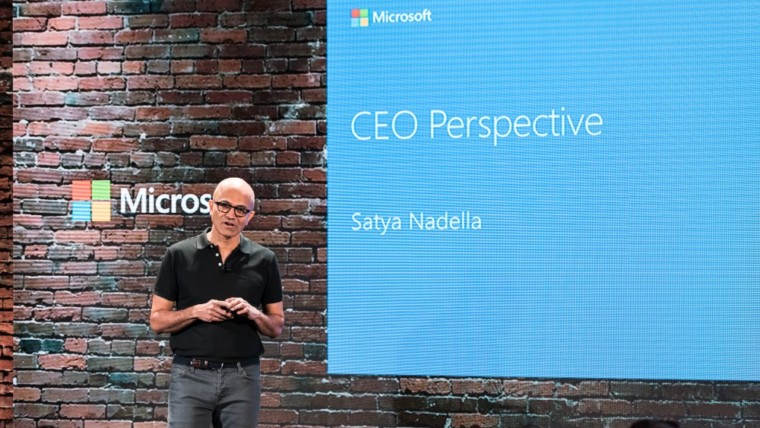The point is that we’re supposed to be solving a problem for people, and understanding that problem on a really fundamental level. Only then can you create a product that actually resonates with the market, and a business that can scale beyond any one feature.
—Michael Sippey, VP of Product, Twitter
The VP of Product for Twitter, Michael Sippey, knows that a product’s success is contingent upon how well you know your customer. He’s created a three-step process for collecting actionable consumer research and feedback in order to create the best products possible. Each step is based on one rule: You must speak to your customers every day.
Know Your Customer: How to Get the Right Feedback
- Set up at least 30 meetings. Set up 30 meetings with the people you will be selling to, whether that’s target consumers or point people at businesses. In each meeting, talk about their problem and describe what you’re potentially building to solve it. Each hour-long meeting should go as follows:
- 5 minutes: Introductions.
- 30 minutes: Tell your customer, “We think you have this problem.” Then ask,
- Do you have this problem?
- How are you solving this problem today?
- How much are you spending to solve this problem?
- How does this problem impact your business?
- 10 minutes: Here’s how we’re thinking of solving the problem. Pro tip: when asking for feedback on your presented solution, keep it simple. Sippey suggest asking, “Did we hit a home run or a base hit?”
- 10 minutes: Feedback and next steps. After receiving feedback, ask if the company would be willing to beta test for you and also ask for a price estimate.
- Get the whole team involved. In order to build the ideal solution for your customer, you have to make sure all the people working on your product are clued in on consumer feedback. Sippey explains, “You’ve got to have your lead engineer, your lead QA person, your lead support person, and your lead sales person with you at all of these meetings.” You should also ask the client if you can bring in the people who actually do the work for where the problem exists. That way, you can ask them specific questions about the problem in the interview. After the meeting, score each meeting with your key players right away by asking:
- How sophisticated was the business you met with?
- How technically sophisticated were they?
- What were the top three problems that the customer identified for you to solve?
- Would they beta test with you?
- What would they pay?
- Did they identify other people for you to meet with?
- Any surprises?








The Evolutionary Edge
Every Link Ever from Our Newsletter
Why Self-Organizing is So Hard
Welcome to the Era of the Empowered Employee
The Power of “What If?” and “Why Not?”
An Adaptive Approach to the Strategic Planning Process
Why Culture/Market Fit Is More Important than Product/Market Fit
Group Decision Making Model: How to Make Better Decisions as a Team